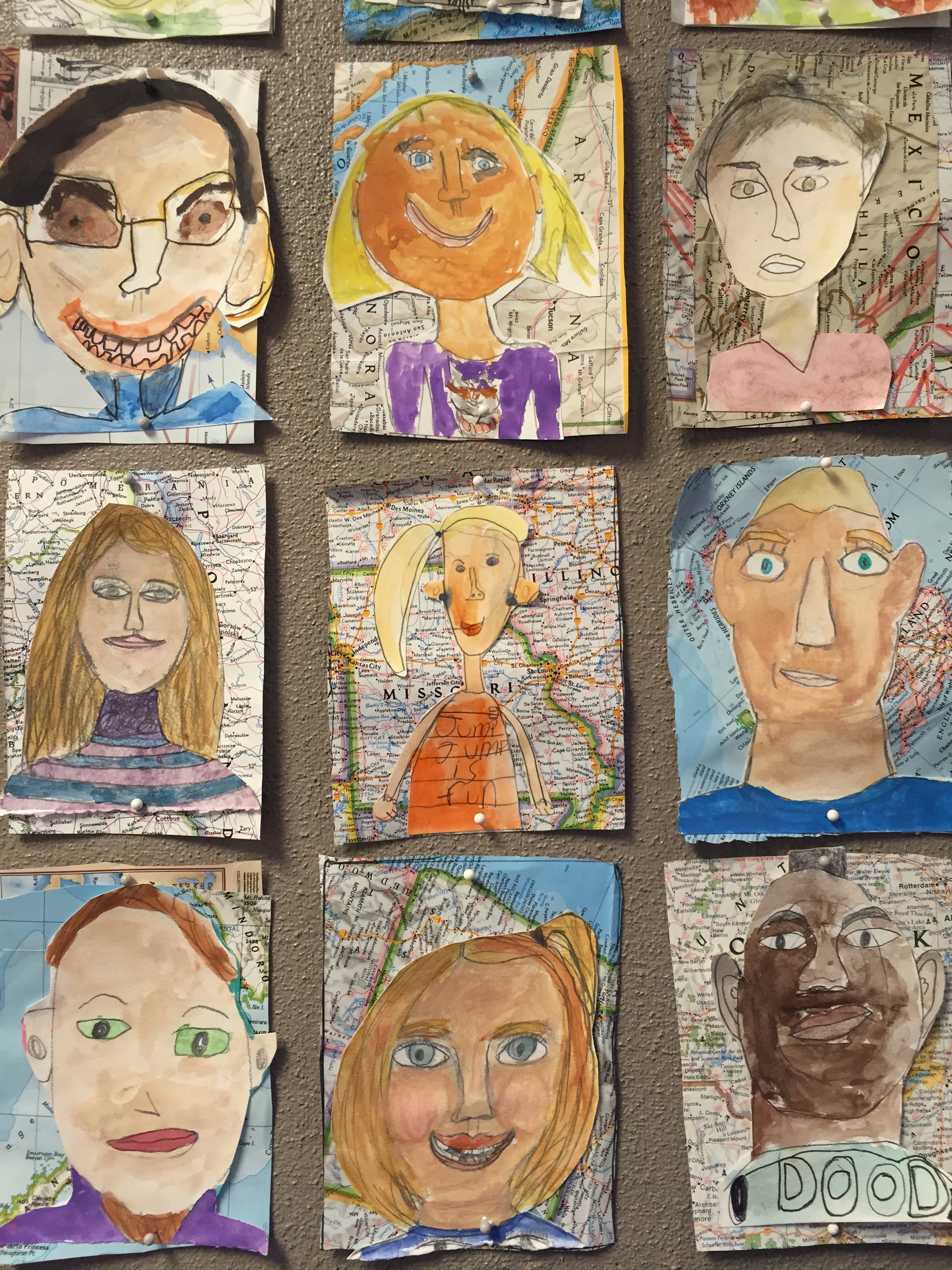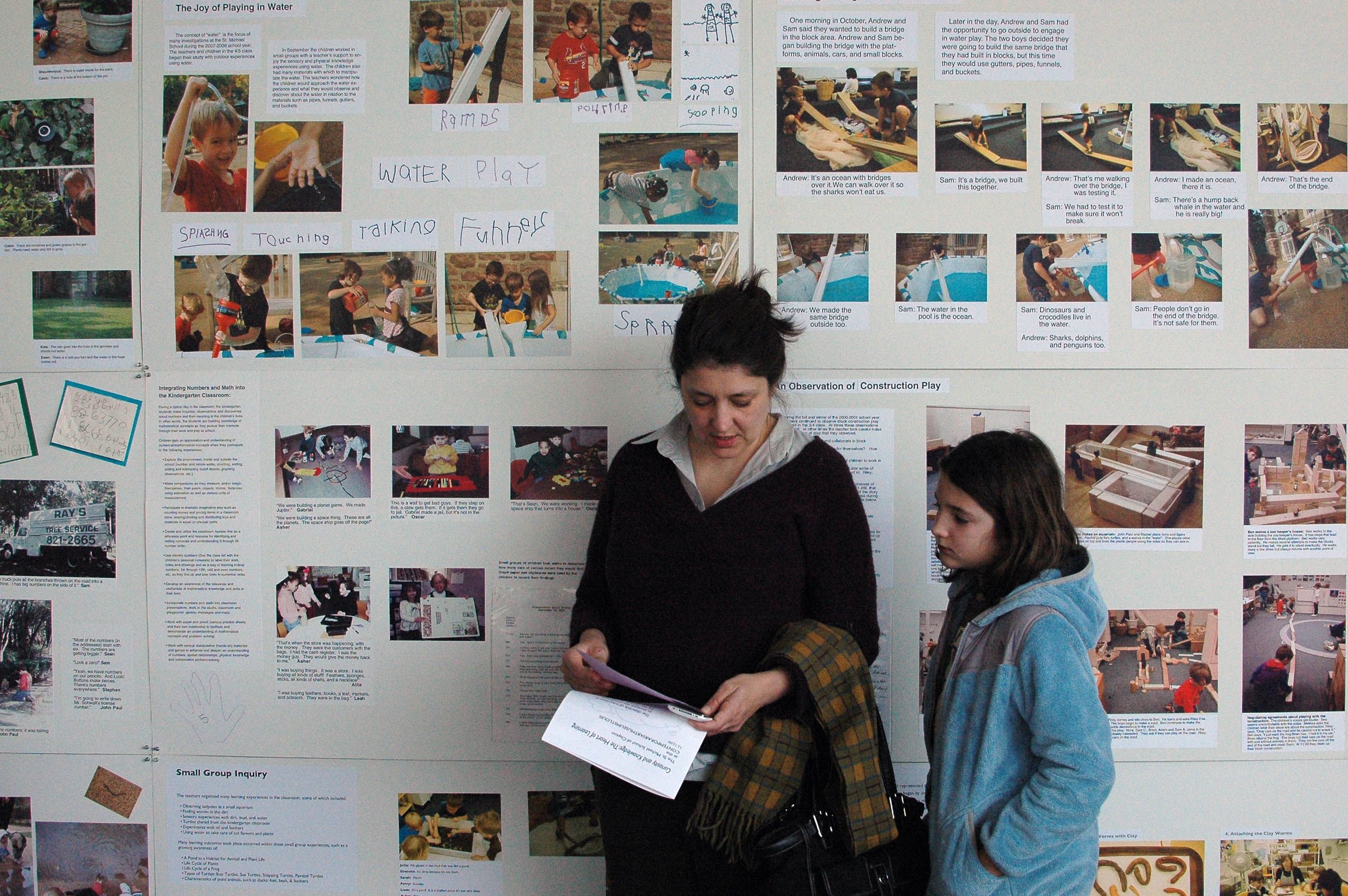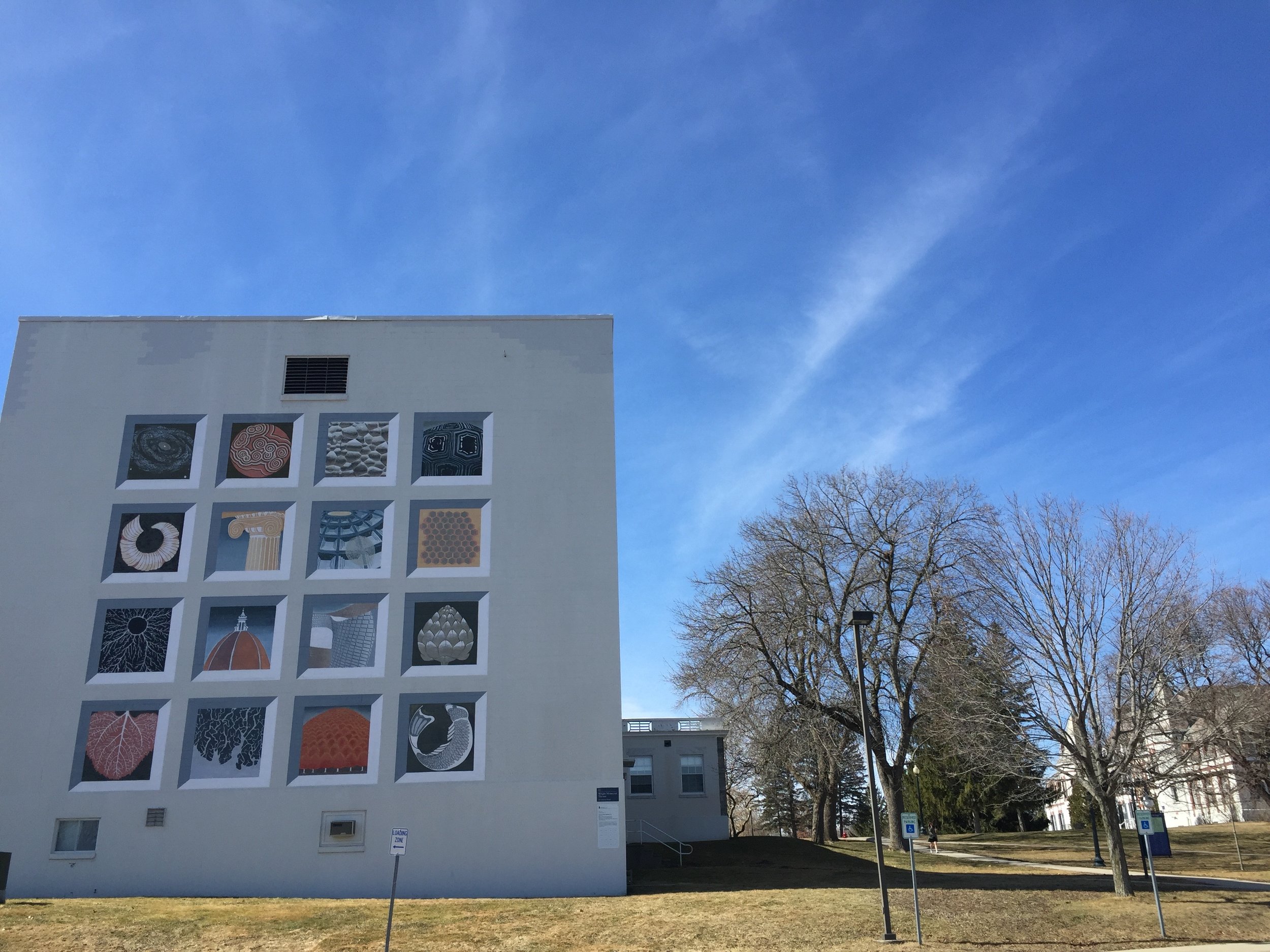 Cosmic Geometry is the name of a suite of prints made by Sabra Field, a 78 year old artist based in Vermont who works with print media. I first noticed it when it was being installed on the back wall of Wright Theater at Middlebury College as a mural. Sabra Field is a graduate of Middlebury College and the installation is the result of a student's collaboration with her to transform a blank wall in the back of a building into something inspiring and provocative.
The suite of prints represents repeated patterns in the universe from the cellular level to our galaxy and how these universal patterns in the natural world make their way into the man made world, in architecture, in design, and in our thinking. The patterns are: spiraling as in the galaxy and a sheep horn, scaling as in fish scales or on an artichoke, branching as in river deltas and leaf veins, and bubbling in soap suds or the hexagonal pattern of a honey comb.
Cosmic Geometry is the name of a suite of prints made by Sabra Field, a 78 year old artist based in Vermont who works with print media. I first noticed it when it was being installed on the back wall of Wright Theater at Middlebury College as a mural. Sabra Field is a graduate of Middlebury College and the installation is the result of a student's collaboration with her to transform a blank wall in the back of a building into something inspiring and provocative.
The suite of prints represents repeated patterns in the universe from the cellular level to our galaxy and how these universal patterns in the natural world make their way into the man made world, in architecture, in design, and in our thinking. The patterns are: spiraling as in the galaxy and a sheep horn, scaling as in fish scales or on an artichoke, branching as in river deltas and leaf veins, and bubbling in soap suds or the hexagonal pattern of a honey comb.
In an interview with the artist published in the Times Argus in 2014, we get a view into her creative thinking and process:
“Our ability to see the cosmos has expanded far beyond what we dreamed half a century ago: from inside our DNA to far beyond our galaxy,” she writes in the show’s introduction. “Instead of overwhelming us, we are enchanted to find in these new images a sense of familiarity.”
Field points to the spirals of a fingerprint or fiddlehead fern, the scales found on an artichoke — her favorite vegetable — or along the many fish her late husband Spencer caught.Her kitchen in East Barnard — population 183 — also came in handy for creating model bubble patterns.
“I took dish detergent and made my own suds, then put it between two pieces of plexiglass.” Why? Because astrophysicists believe the intersection of galaxies exhibit a similar structure. The more Field studies, the more she believes in order over chaos.
“Everything is part of everything, All these phenomena take place at an enormous range of scale, but they do something for me,” the artist says. “The ancient Greeks and the contemporary art world are not that far apart. We’re talking the same language.”
We wanted to have this suite hanging in our house as the idea and the reality of Sabra Field's work is compelling and inspiring. If you want to see it or her other prints or purchase them go to her website. We all see patterns everywhere that are living inside of us, part of our cellular structure, and appear in the natural world near and far. That is indeed, a miracle and a mystery including math, biology, chemistry, art, design, architecture, astro physics and all. If you come to Middlebury, drive up to campus and find Wright Theater. Don't miss Cosmic Geometry.
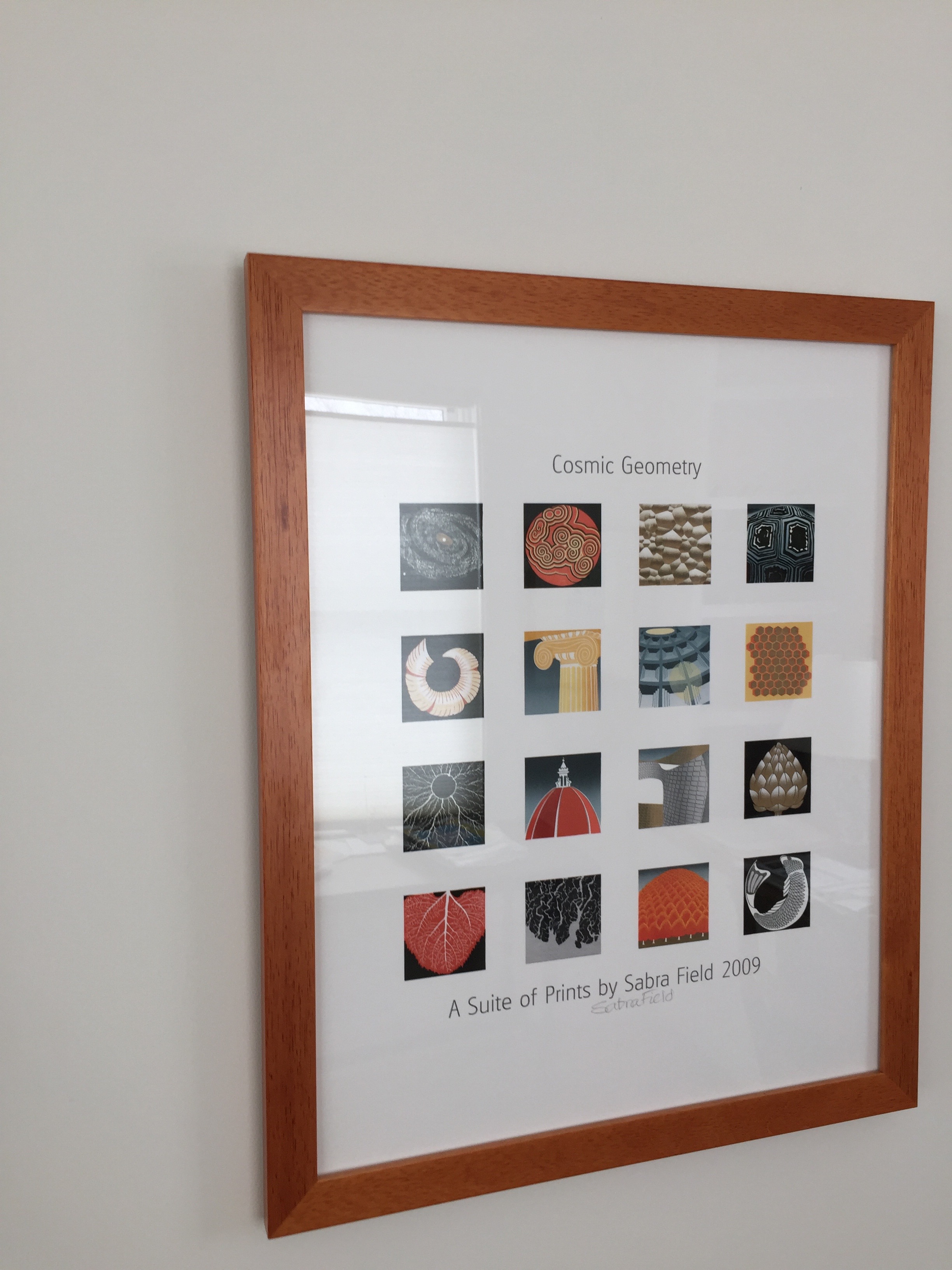




 This year at
This year at 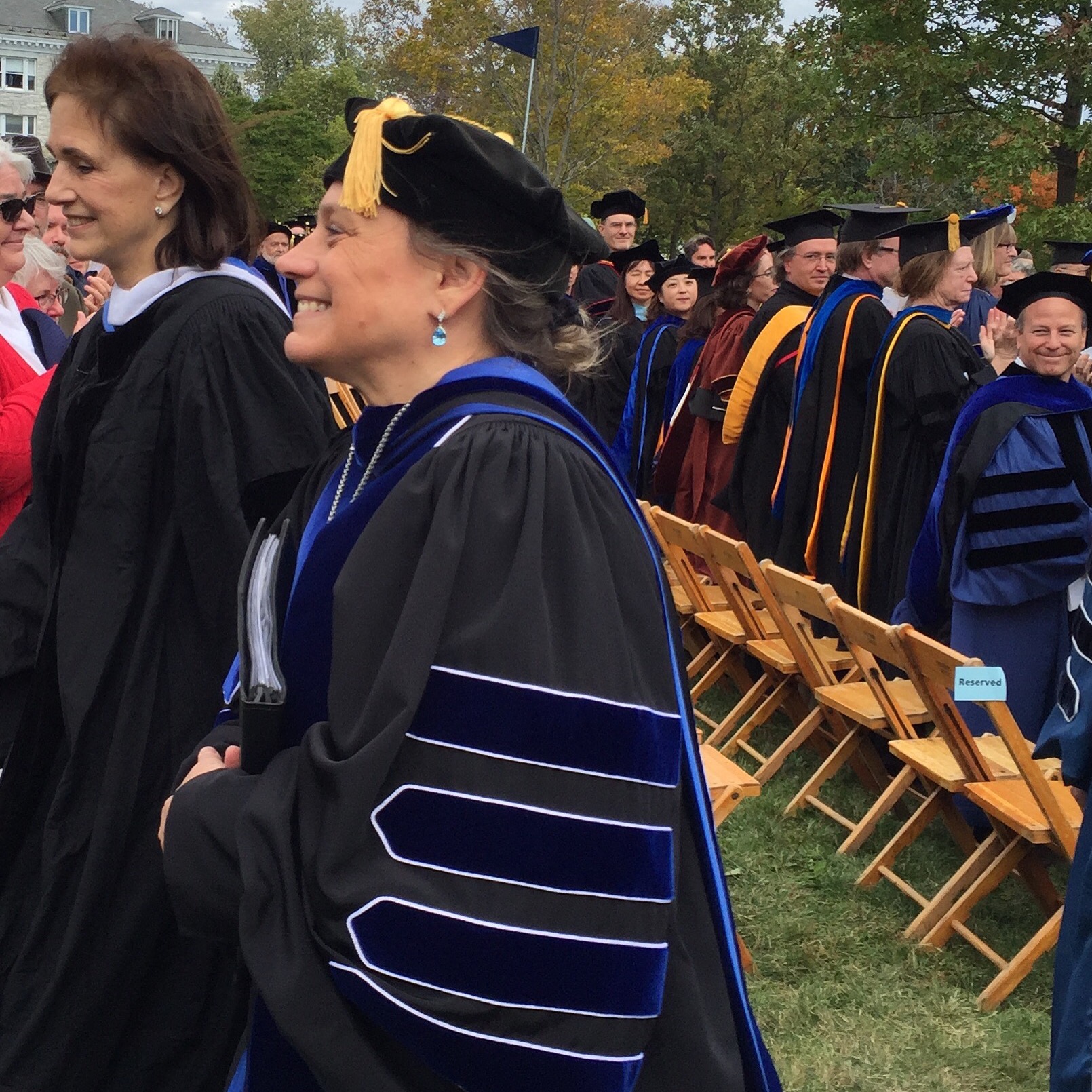
 You can hear Laurie Patton in conversation with
You can hear Laurie Patton in conversation with 

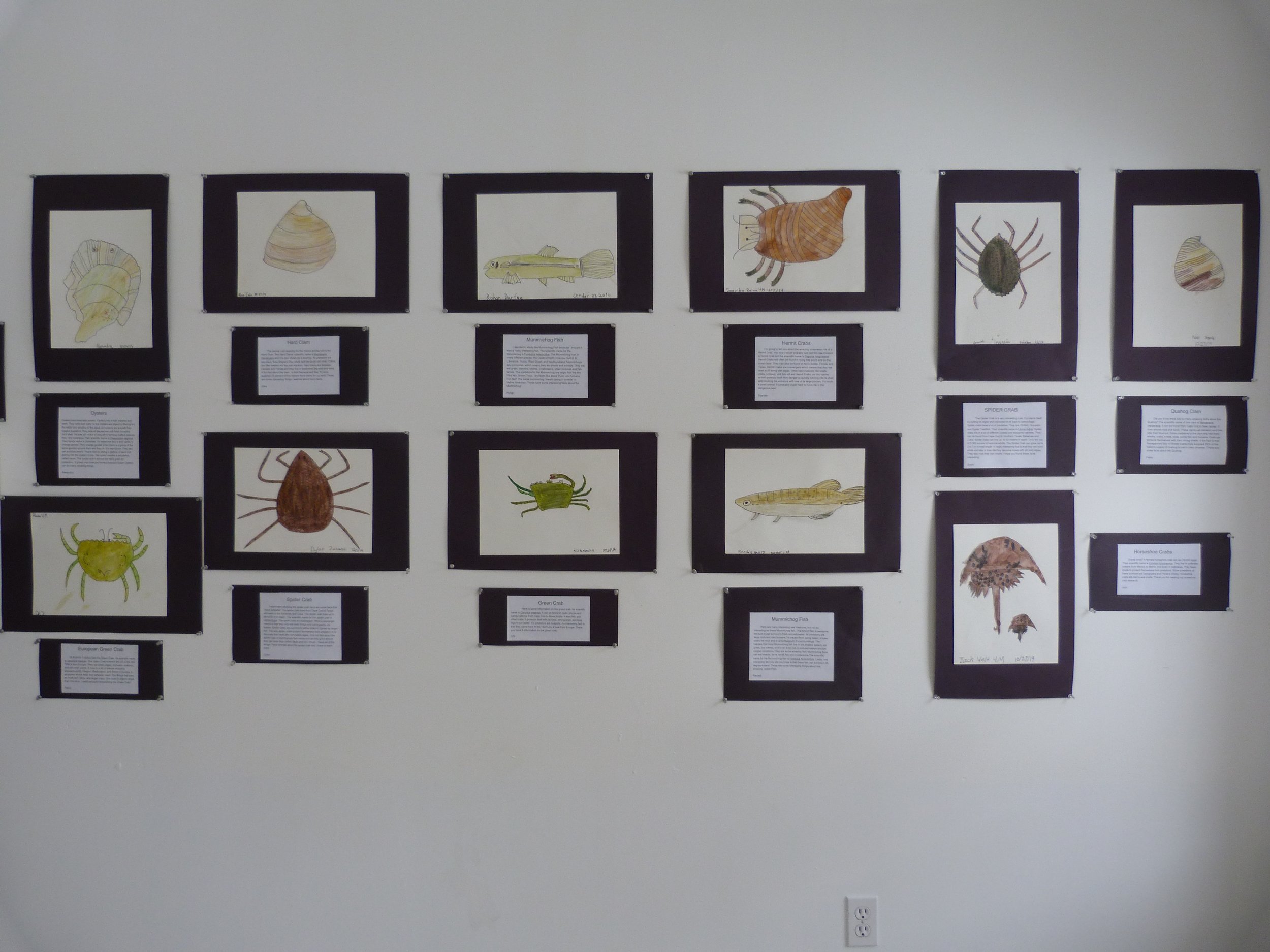
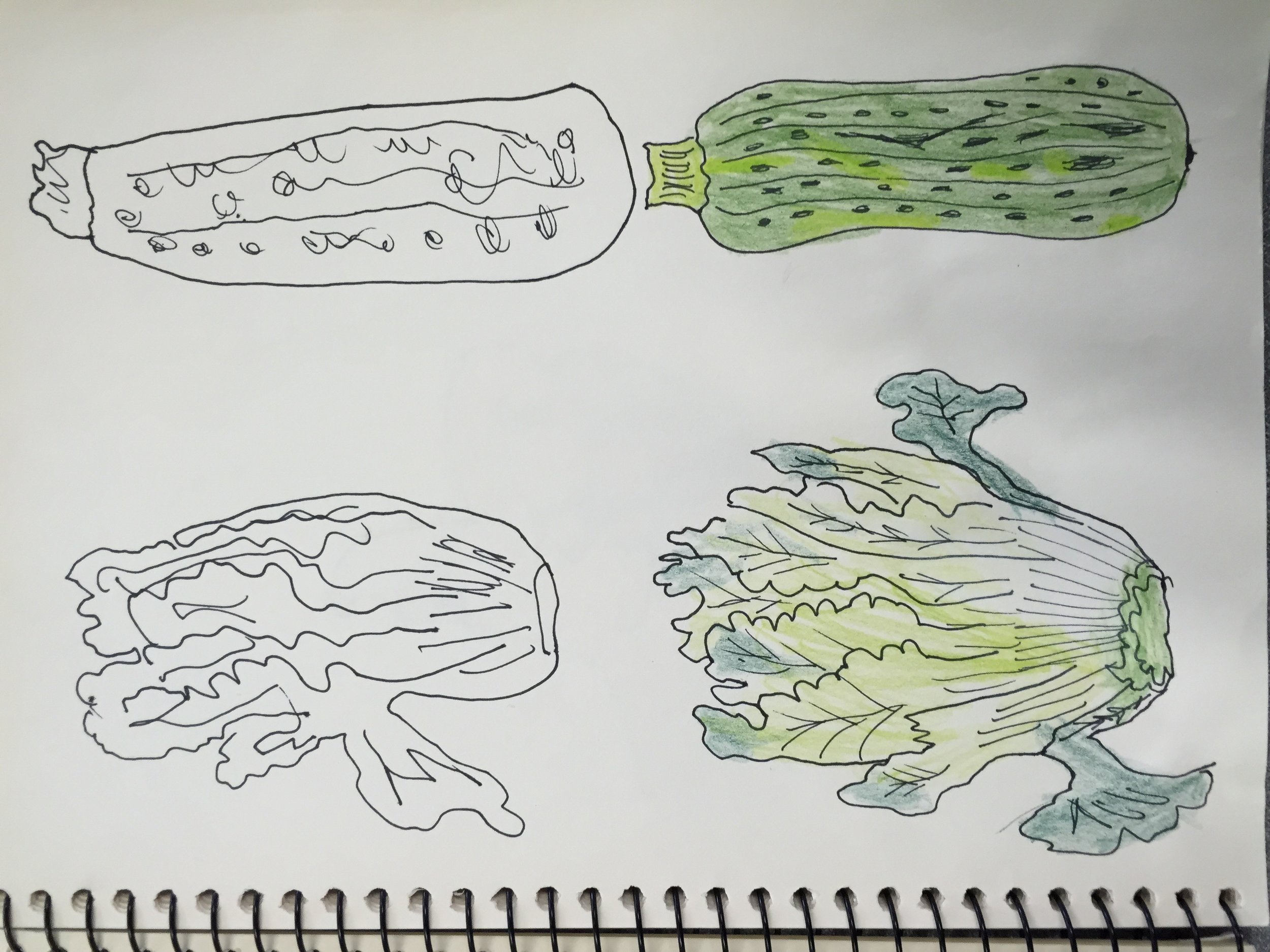
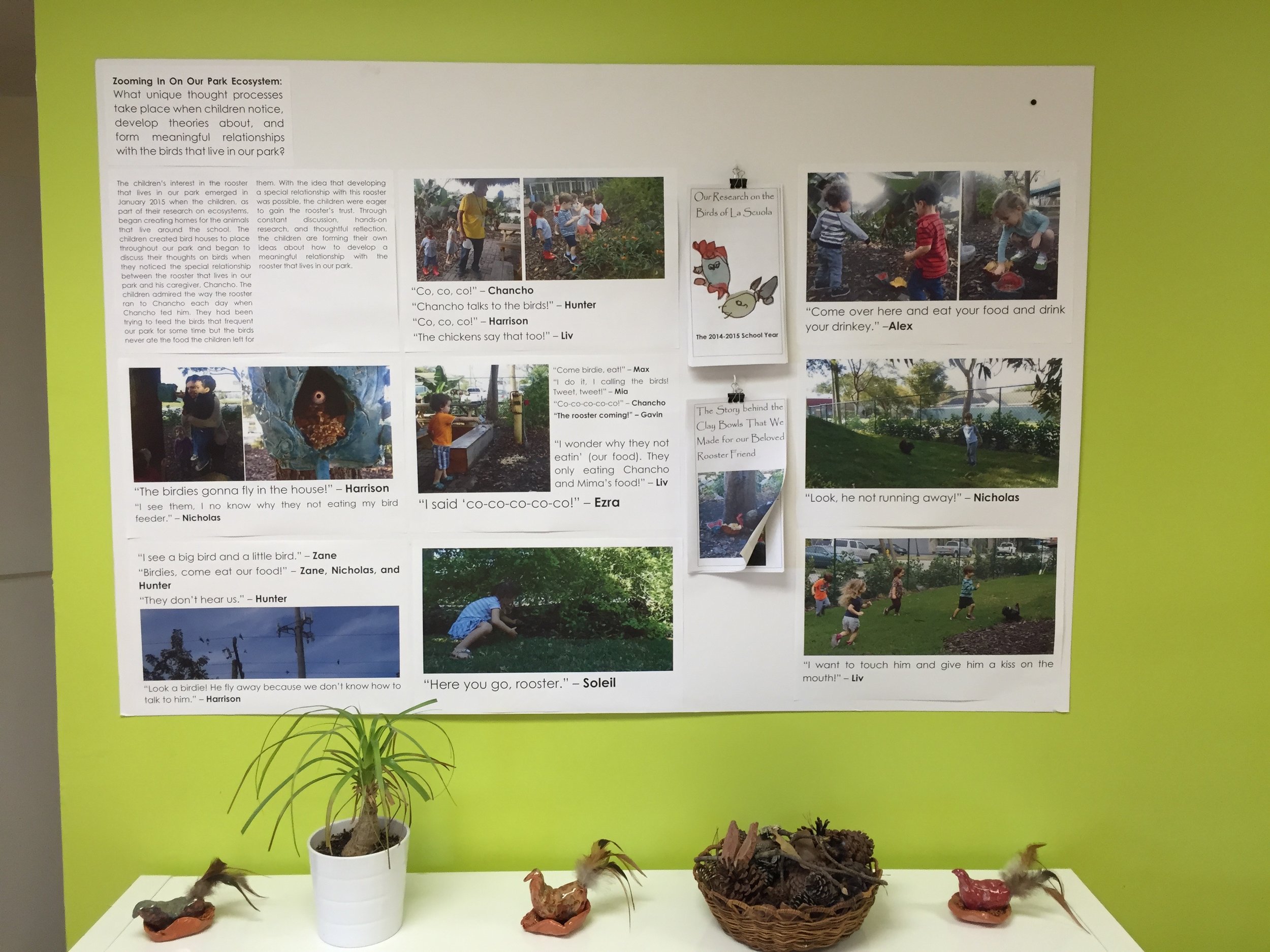

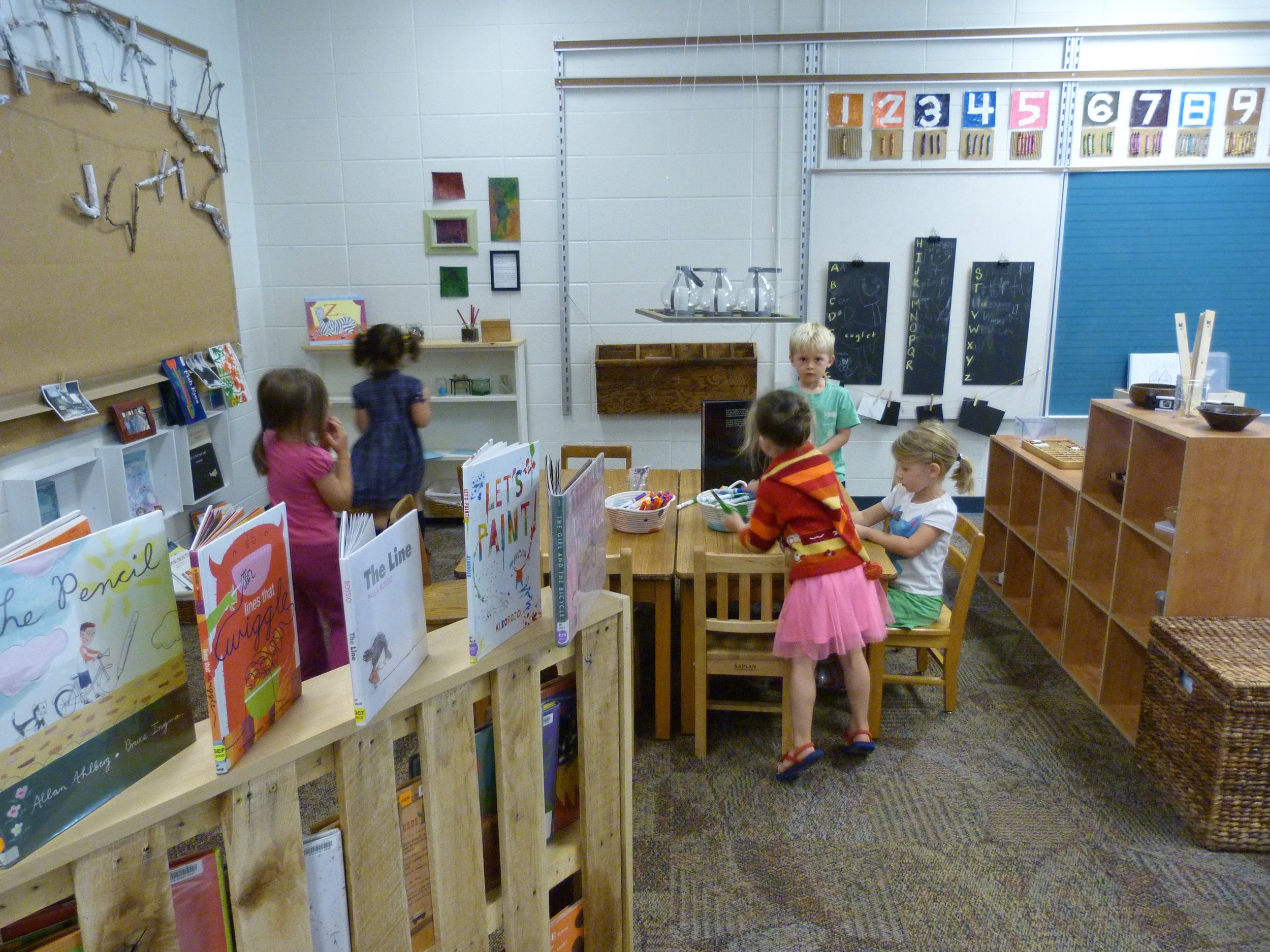 Frequently when I observe a classroom or a small group of students I become fascinated not only with the ideas that they come up with (whether with 3-4 year olds in blocks or 5th graders discussing "Matilda"), but also with their behavior, their interactions around sharing ideas.
In recent article in the New Yorker magazine, "
Frequently when I observe a classroom or a small group of students I become fascinated not only with the ideas that they come up with (whether with 3-4 year olds in blocks or 5th graders discussing "Matilda"), but also with their behavior, their interactions around sharing ideas.
In recent article in the New Yorker magazine, "